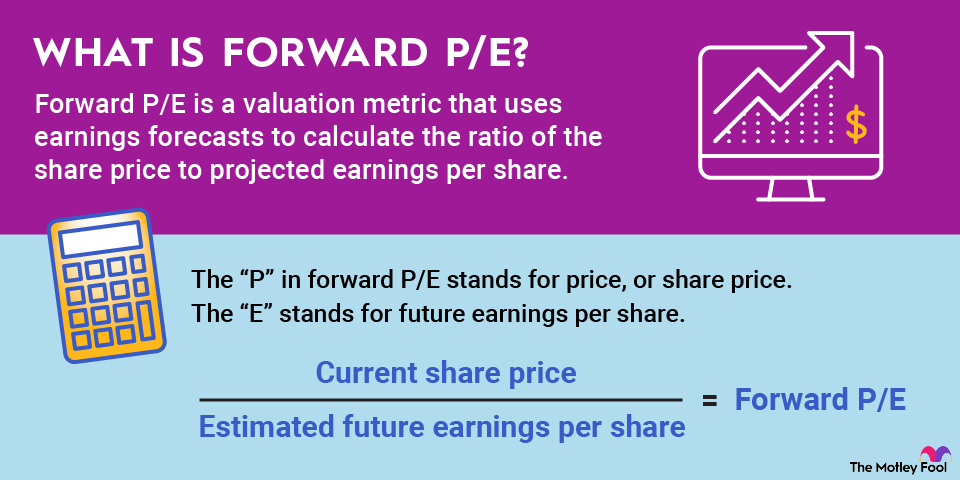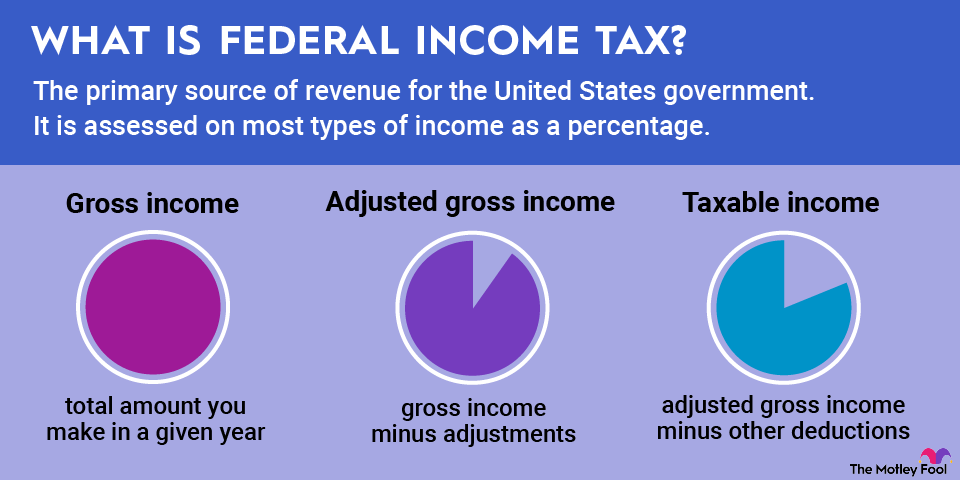When you're considering a new investment or just deciding whether you should sell an old one, it's important to perform fundamental analysis. This is not a complicated process, but it is an important one. It will enable you to really understand what your stock is doing, why it's doing that, and whether it makes sense to buy, sell, or hold at that time.

What is fundamental analysis?
Fundamental analysis looks far beyond investor sentiment to the heart of the actual business or investment to determine whether the stock you're pondering is priced right or wrong. You'll need to look at financial statements, as well as macroeconomic factors, to see just how the company's future could play out.
Unfortunately, fundamental analysis is backward-looking and relies on historical data. This means that if something changes dramatically in the future, you'll be unable to account for it using this method. However, fundamental analysis can still provide guidance on how the company should perform if all remains as expected.
What are the types of fundamental analysis?
There are two types of fundamental analysis: quantitative and qualitative. It's important to use both types to get a whole picture of the stock's past performance and its future potential.
Quantitative fundamental analysis is strictly about numbers. You should consider things like cash flow, debts, and changes in profit margins or the cost of doing business, all of which can be found on the financial statements. You can also consider things such as the price-to-earnings (P/E) ratio, which can often speak to a company's stock valuation compared to other companies in its industry, as well as its own past.
Qualitative analysis is a lot less concrete. You'll need to think about things like the macroeconomic environment, customer sentiment, future potential performance based on how likely products or services in the pipeline are to be popular, and other factors that are very intangible.
What are the components of fundamental analysis?
Fundamental analysis can be done either from a top-down approach or a bottom-up approach. Regardless of the approach you choose, you'll need to consider the same components. Some companies may make more sense to approach top-down, and others bottom-up. You'll have to use your judgment on this. The basic components of either approach are:
- Economic analysis: Examining the overall economy, including global impacts on the business
- Industry analysis: Looking at the ebbs and flows of the industry, competitors, and how numbers compare to the overall industry
- Company analysis: Digging into the company, which will also yield useful information, including how well the company is performing compared to past years
Related investing topics
What are some basic principles of fundamental analysis?
There are many core concepts that guide investors when performing fundamental analysis. Here are a few of the basic ones that everyone should be keeping in mind as they examine their favorite stocks:
- A long-term focus is key. Fundamental analysis is all about long-term focus. It's not a technical trading or day-trading signal. It's all about what the company's future is likely to be, not whether you can make money on it next week.
- Every stock has an intrinsic value. Every stock has a value, which is based on the business that the stock share represents. Figuring out that value is a big part of fundamental analysis.
- It's about the company, not the stock. The company's ability to do business, who is running it, and how it competes in the marketplace are far more important than how the stock itself is performing. That said, it's also important to look at financial ratios and metrics to estimate just what the stock should be worth.
- Strong companies have strong financial health. It's almost impossible to have a strong company with poor financial health, so keep an eye on the books. If the financial statements look dodgy, the company may be built on a weak foundation.
- Context matters. Everything that happens to your company happens in context. Sometimes that context means you have to bend or break the rules you'd normally set for most of your holdings. Always consider the global, local, and industry contexts when doing a fundamental analysis.



















